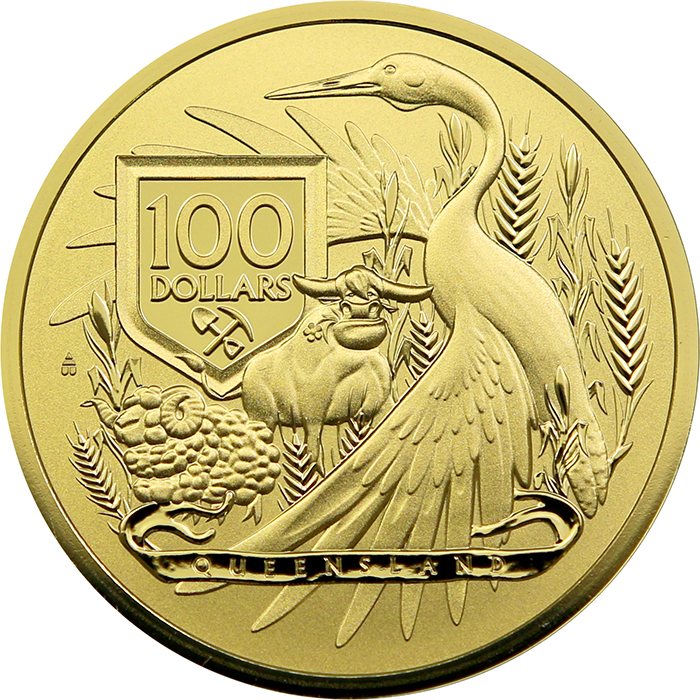Australia's Coat of Arms series
Heraldry deals with the history of coats of arms and emblems, their meanings and rules for their formation. It combines art and science, but at the same time draws on centuries of tradition.
The shape of today's heraldry can be found in the custom of warriors to paint various signs on their shields for decoration. This is followed by one version explaining the anchoring of basic heraldic principles in Europe. In the time of the Crusades, many great armies marched to the Holy Land to reclaim it. Rulers, commanders and individual knights had to be distinguished, and the unique emblems on their clothing as well as on their shields served this purpose. This association was subsequently developed into coats of arms, used even in times of peace by kings, nobles, knights, and entire countries. Then it was just another step to fulfill the desire of wealthy townsmen, cities and institutions to have their own coat of arms.
Australia , as a British dominion, was granted a heraldic state coat of arms by George V in 1912. However, each of the six Australian states primarily uses its own coat of arms. The heraldic elements draw on both their European roots and the unique character of the new country. The beauty and interpretation of Australia's coats of arms is the subject of Australia's Coat of Arms series.
Coins weighing 1 ounce of gold and silver of the highest purity are minted by the Royal Australian Mint.















